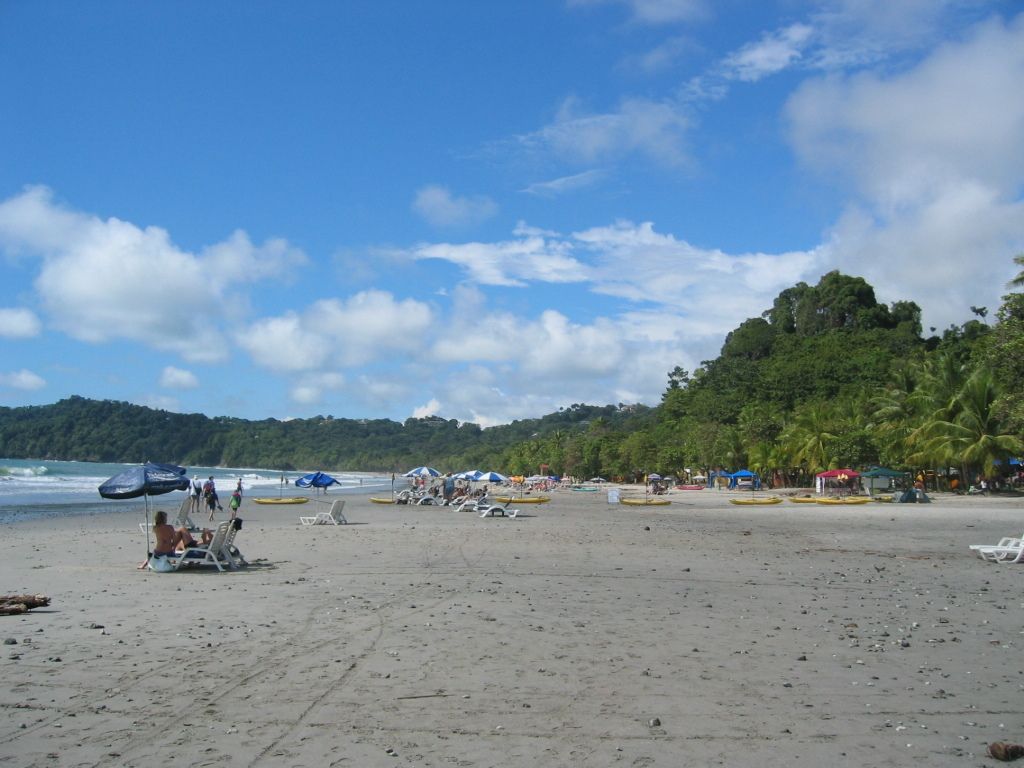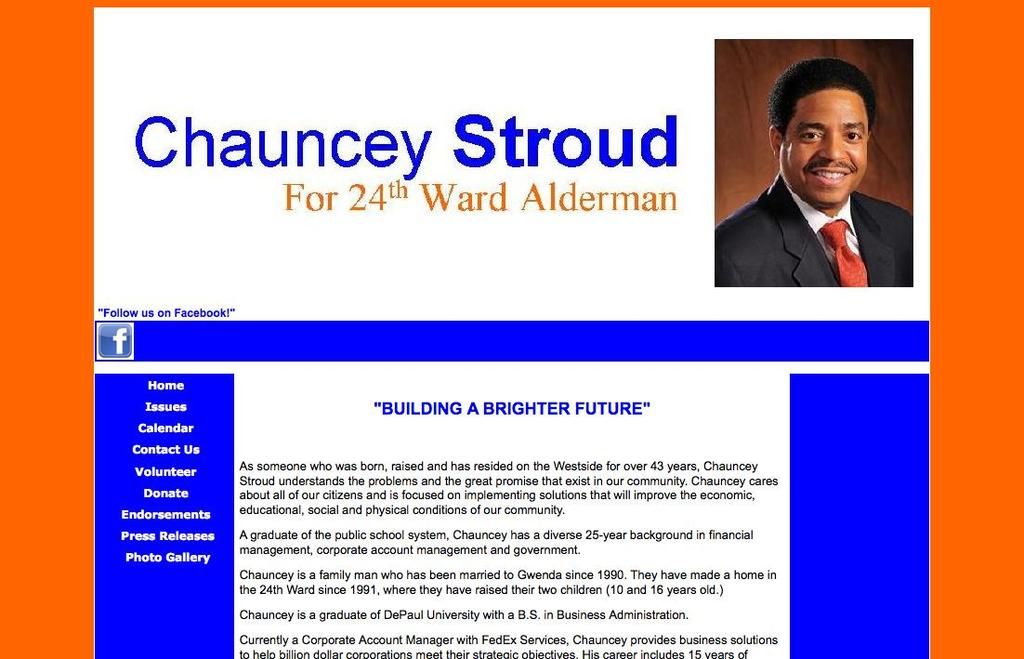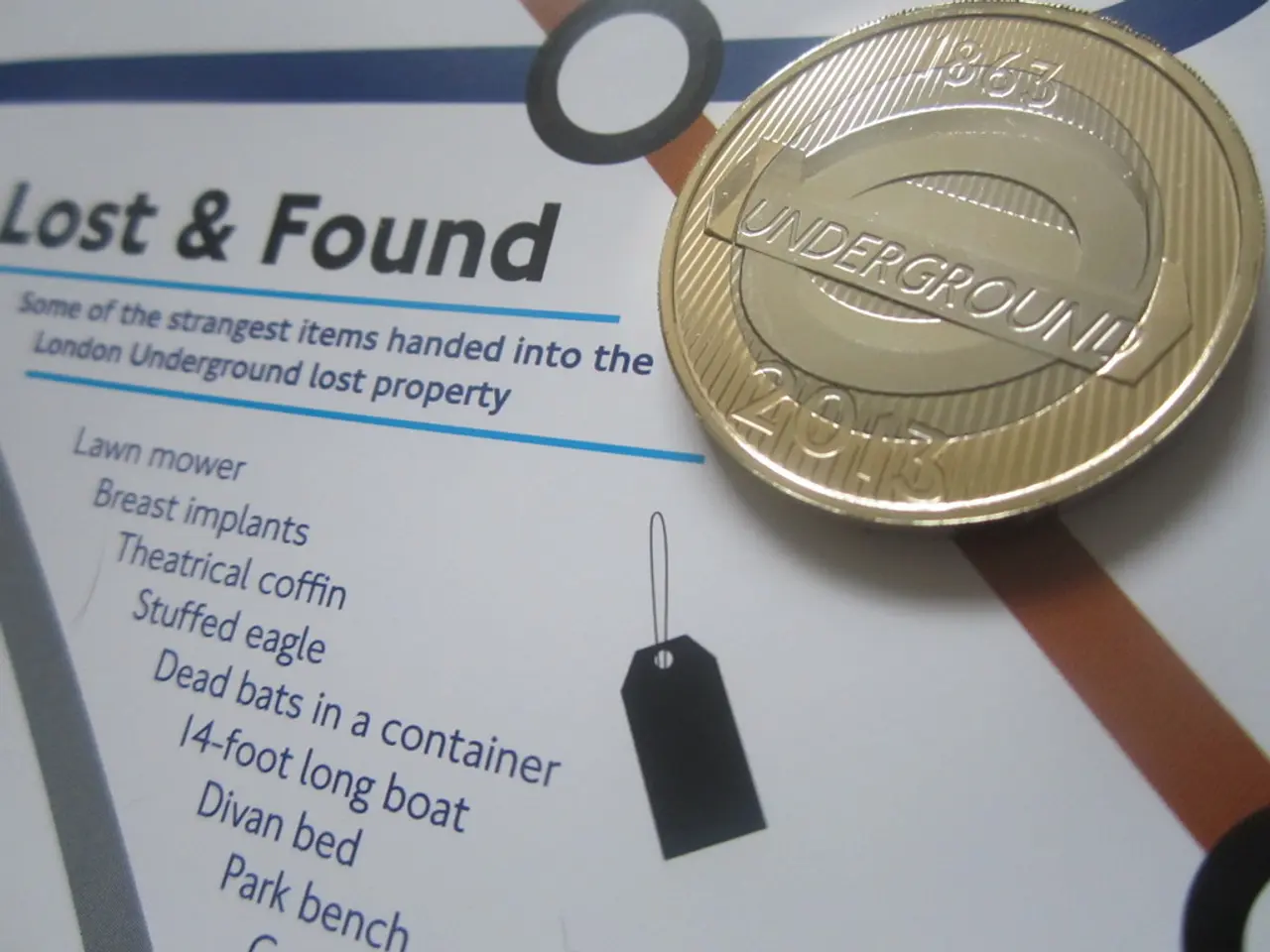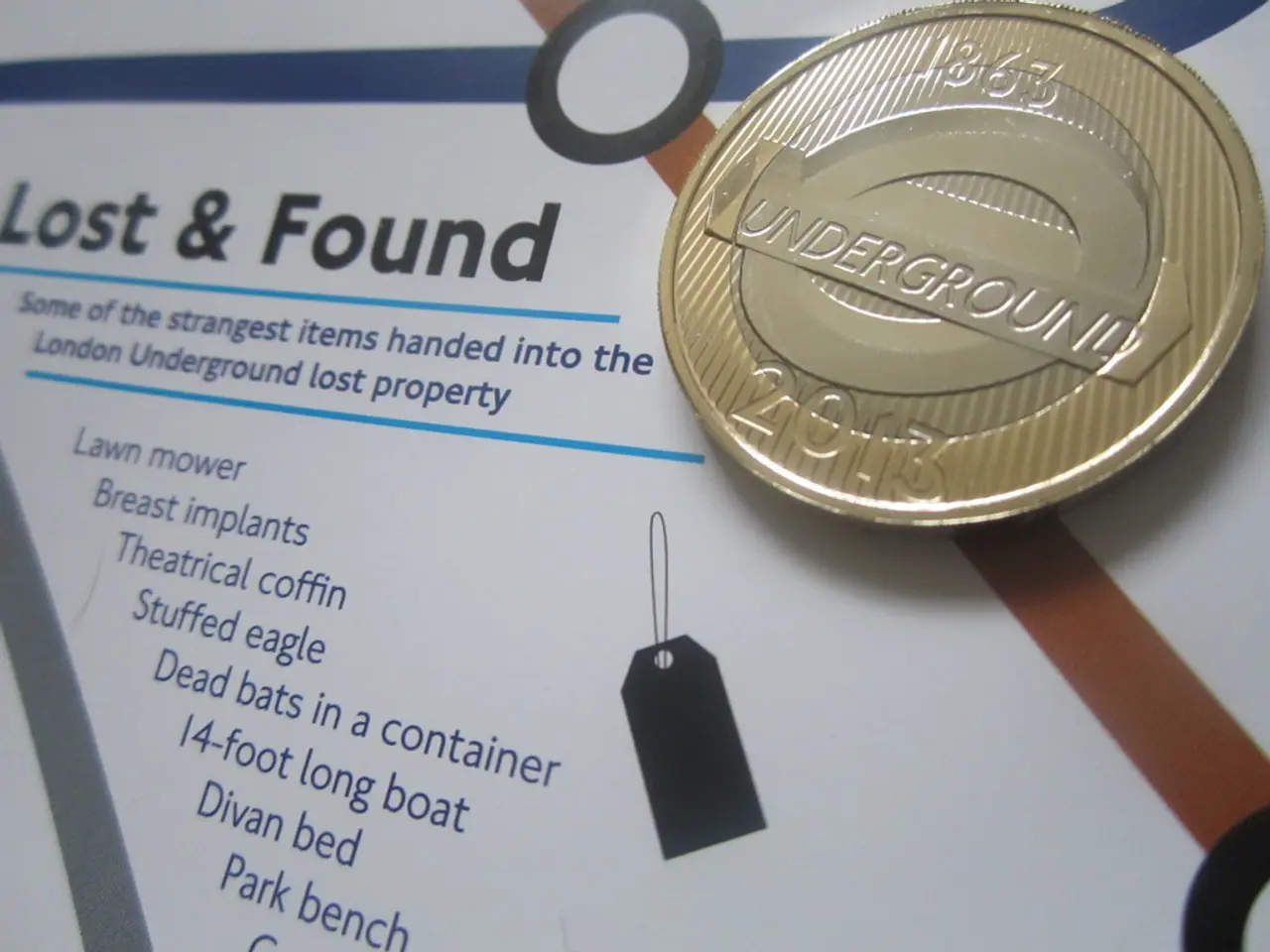Conflicting Views on Tariffs Arise at 2025 NAB Exhibition
In 2025, the tech world gathered at the NAB Show, bracing for turbulence following the Trump administration's sudden tariff announcements. The "Liberation Day" tariff announcement had everyone on edge, but most were staying the course with their budgeted plans, hoping for a clearer path ahead. The show was a rollercoaster ride, with one foot on business as usual and the other hovering over a potential global economic stall-out.
Attendance took a hit, with a 10% drop from 61,000 in 2024 to 55,000 in 2025. The problem? Intensifying turbulence largely unrelated to tariffs. The need for new ways to navigate these challenges was the talk of the town, whether through regulatory relief or exploiting technology advancements for cost savings and revenue generation.
Industry suppliers are no longer just interested in selling good technology; they want to help customers tackle business challenges. One such example is Imagine Communications, focusing on the playout and monetization sides of their product portfolio. They recently tailored their SureFire ad server and linear TV decisioning platform to help New Zealand's state-owned commercial broadcaster TVNZ boost ad revenues from digital programmatic advertising using Google Ad Manager.
From creation to distribution and monetization, an array of innovations captivated attendees. As the industry shifts toward the cloud, vendors emphasized the ways their solutions were easing the transition. Zixi, for example, aimed to help the industry move from satellite to IP with elegance, partnering with AWS, Amagi, and others.
Telestream focused on the transition to IP as the trend with the most significant impact on their product development. Machine learning, formerly the mainstay for automating workflows, is now complemented by Generative AI applications. This year, Telestream barely mentioned AI, focusing instead on product developments like the enhanced SPG9000 sync pulse support for 2110 and SDI in one box with added redundancy and the iQ system with expedited troubleshooting.
In the realm of multilingual captioning, ENCO took center stage. They extended their enTranslate platform's capabilities to support translating dozens of languages in real time, whether on-prem or in the cloud. The company also unveiled a new version of its enTranslate mobile app, allowing visitors to view translated commentary in seven different languages during the show.
The current focus among broadcasters rolling out ATSC 3.0 centers on getting the Federal Communications Commission (FCC) to set a date certain for sunsetting 1.0 by the end of the decade. The FCC issued a request for public comment on a 1.0 sunset proposal submitted by NAB shortly after the show concluded. Brazil has adopted the physical layer standard of 3.0, and excitement about the possibilities in Brazil continues to expand.
Finally, broadcasters are discovering new ways to use streaming technology to overcome cost and monetization challenges. Dolby showcased its OptiView platform, enabling streaming at whatever level of latency and directional flexibility is required for any given live distribution scenario through point-and-click commands on a management dashboard. This platform supports interactive streaming over WebRTC at sub-half-second latencies, High Efficiency Streaming Protocol (HESP) at 1 to 2 seconds, or conventional HLS platforms at higher latencies.
The tariffs may have caused some uncertainty, but the M&E sector showed resilience and an ability to adapt. Companies responded with innovative solutions, steering toward stability in the face of turbulent trade policies.
- At the NAB Show in 2025, the tech world grappled with the fallout from the Trump administration's sudden tariff announcements, known as the "Liberation Day" tariff announcement.
- The looming tariffs cast a shadow over the show, but most attendees remained committed to their budgeted plans, hoping for clarity amidst the uncertainty.
- The NAB Show was a whirlwind of highs and lows, balancing on the edge of business as usual and the brink of a possible global economic stall-out.
- Attendance saw a 10% dip, with 61,000 attendees in 2024 falling to 55,000 in 2025, due to unrelated challenges intensifying the market turbulence.
- Amidst the tumult, the need for solutions to navigate these challenges was a hot topic, whether through regulatory relief or technological advancements.
- No longer content with simply offering good technology, industry suppliers aim to help customers solve business problems.
- Imagine Communications, for instance, tailored their SureFire ad server and linear TV decisioning platform to help New Zealand's state-owned broadcaster TVNZ increase digital programmatic advertising revenues using Google Ad Manager.
- From creation to distribution and monetization, the show showcased a multitude of innovations that enthralled attendees.
- With the industry moving towards the cloud, vendors highlighted how their solutions were facilitating the transition.
- Zixi, for one, aimed to help the industry make a graceful transition from satellite to IP, partnering with AWS, Amagi, and others.
- Telestream prioritized the transition to IP as the most impactful development for their product development, moving away from AI to focus on enhancements like the SPG9000 sync pulse support for 2110 and SDI.
- In the realms of multilingual captioning, ENCO took the limelight, expanding the enTranslate platform's capabilities to support real-time translations of numerous languages, both on-premises and in the cloud.
- The FCC's role in setting a date certain for the sunsetting of ATSC 1.0 by the end of the decade is a hot topic among broadcasters rolling out ATSC 3.0.
- Broadcasters are exploring new ways to leverage streaming technology to tackle cost and monetization challenges, with Dolby's OptiView platform allowing for streaming at various latency levels and directional flexibility for live production.







